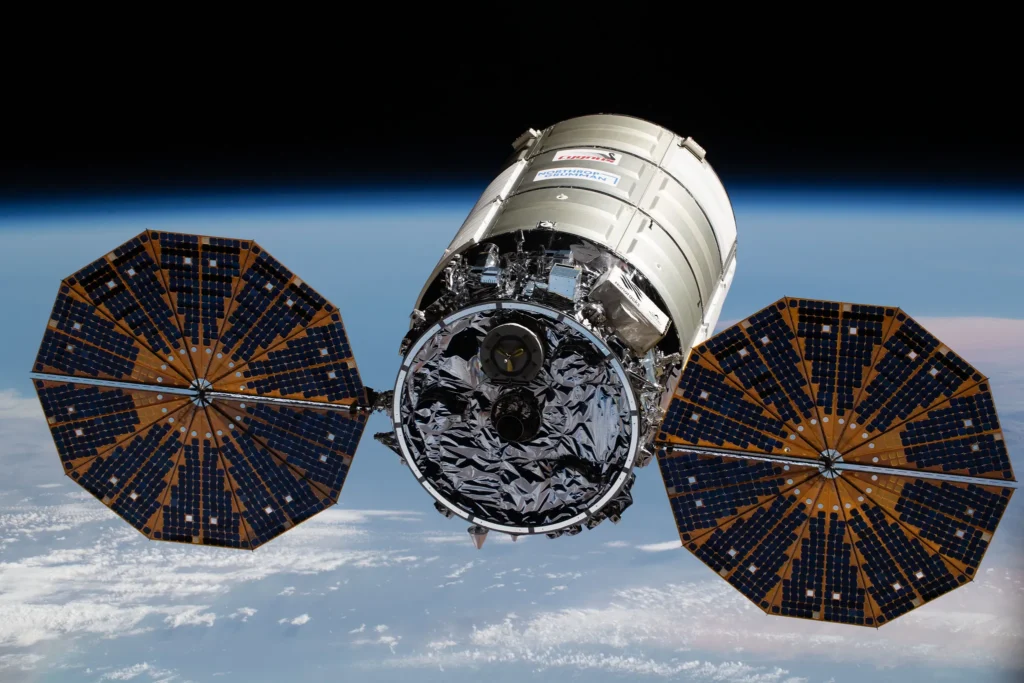The Falcon 9 rocket launched the Cygnus cargo spacecraft to the International Space Station. But the spacecraft experienced problems that delayed the maneuvers needed to reach the orbital outpost.

Falcon 9 with Cygnus was launched on August 4. The flight went in normal mode. The spacecraft successfully separated from the carrier and entered the initial orbit with an apogee altitude of 240 km and perigee altitude of 254 km. The first stage of the rocket performed a re-entry maneuver and landed on the ground pad at Cape Canaveral.
After the Cygnus separation, NASA and the company which built it, Northrop Grumman, initially gave no details on the status of the spacecraft. Finally, six hours after the launch, NASA released a small update. According to the report, Cygnus failed to perform the planned course correction ошло из- this happened due to a malfunction in the spacecraft’s software. The mission was rescheduled for 50 minutes, but was aborted shortly after engine activation due to a “slightly low” initial pressure.
NASA claims that the spacecraft is not threatened. Specialists have no data indicating problems with the engine itself. In addition, Cygnus has successfully deployed solar panels.
Northrop Grumman engineers are currently developing a new flight path for Cygnus. This will help it reach the ISS on August 6. The spacecraft carries 3,857 kilograms of cargo, including 1,560 kilograms of hardware, 1,220 kilograms of research supplies and 1,021 kilograms of crew supplies. According to Bill Spetch, NASA’s ISS operations integration manager, Cygnus carries “critical spare components,” from a spare pump for the urine processing system to a kit that will be used to install the ISS’ last solar array in 2025.
Earlier we told you about how NASA successfully transmitted 4K video from an airplane to the ISS.
According to Spacenews


